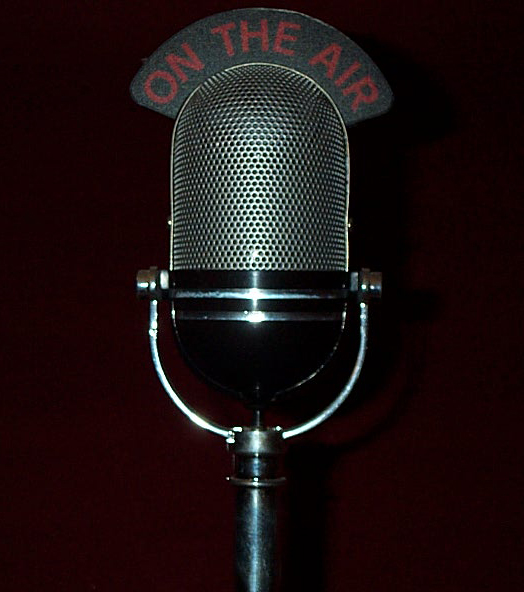The Born Freelancer on basic recording on a budget 101 – Part 3
This series of posts by the Born Freelancer shares personal experiences and thoughts on issues relevant to freelancers. Have something to add to the conversation? Your input is welcome in the comments.
Over the past week, I’ve covered recording software and how to get sound into your computer.
WHAT IF MY COMPUTER DOESN’T HAVE AN ANALOGUE SOUND INPUT?
Increasingly, laptops and desktop computers no longer offer the option of inputs for analogue sound as discussed in my previous post.
You will need to buy some additional gear. I will try to keep the cost factor at an absolute minimum for you.
The simplest solution today would be to buy an inexpensive portable digital-friendly microphone which connects directly into your computer’s USB drive, in other words, a USB-drive mic. Something like the Samson Go Mic or the Blue Snowflake Compact USB mic would do the job. Although I have no personal experience with either of these specific models, in general terms they should give excellent sound quality and certainly simplify the process. Plug one in and start recording! Could anything be simpler?
But what if you prefer to use your better-quality standard analogue microphone, or wish to record using some older analogue device?
Perhaps you want to digitally archive some of your earlier analogue-media interviews for future use? If you still wish to integrate pre-existing analogue technology with your computer all is not lost.
You will, however, need yet another small piece of gear.
They have a variety of awkward geeky names (like “USB Audio Interface”) but essentially you need an analogue-to-digital “black box” (although curiously they’re rarely black). It turns an analogue audio signal into a digital one and plugs directly into your computer’s USB jack. The price (and subsequent sound quality) will vary considerably. You might investigate the iMic if you use a Mac, or the Transit made by M-Audio (but no longer currently manufactured, *cough* eBay *cough*) or the UA-1EX made by Roland.
These are the interface devices I’ve personally looked into before ultimately acquiring another Apple laptop with an analogue sound input instead. I’d suggest you do considerable research online and at your local music or electronics store for these and other similar devices if this option is relevant to your needs.
ALTERNATIVELY…
If you don’t feel like schlepping your laptop on location (or if you are using a desktop computer) there are also all sorts of portable digital recording devices available today – some as compact as a pen – which can all be used to make impromptu location interviews. Later these can be uploaded via USB or firewire to your computer for editing.
When I have the spare cash, I’m going to look into something like the Zoom Handy Recorder. It is much more elaborate than most of us would ever need to record simple interviews but appears to provide enough recording capabilities in the palm of your hand to make any audio-fanatic drool with anticipation!
Over these last three posts I have shared with you some of the appropriate essential gear necessary for basic sound recording on a budget. In a future post I will return to the subject of recording technique to give you tips on creating interviews that will sound great, that you will use, and that you will sell.
———-
Disclaimer: I have no financial or other interest in any of the products or services mentioned in this series of posts except as a consumer or user of said products or services.
Got any advice about recording equipment or sound editing software? Please share it with the rest of us in the comments section below.




